Add to Wishlist
Lipids: Biochemistry, Biotechnology and Health
By Avery Holmes
Publisher: Alexis Press LLC
$135.00
ISBN 13: 979-8-89143-093-8
YEAR: 2024
eBOOK
Instant Delivery
SKU:
ALX-FSB-093-8
Category:
Food Science & Beverages
Additional information
| Access Type | Download eBook, Read Only |
|---|
Be the first to review “Lipids: Biochemistry, Biotechnology and Health” Cancel reply
You must be logged in to post a review.
Purchase now to read the book online.
Select optionsRelated products
Food Processing
By Lynn Morgan
$135.00
Food processing is the transformation of agricultural products into food, or of one form of food into other forms. Food processing includes many forms of processing foods, from grinding grain to make raw flour to home cooking to complex industrial methods used to make convenience foods. Some food processing methods play important roles in reducing food waste and improving food preservation, thus reducing the total environmental impact of agriculture and improving food security. Primary food processing is necessary to make most foods edible, and secondary food processing turns the ingredients into familiar foods, such as bread.
Food Processing
By Lynn Morgan
$135.00
Food processing is the transformation of agricultural products into food, or of one form of food into other forms. Food processing includes many forms of processing foods, from grinding grain to make raw flour to home cooking to complex industrial methods used to make convenience foods. Some food processing methods play important roles in reducing food waste and improving food preservation, thus reducing the total environmental impact of agriculture and improving food security. Primary food processing is necessary to make most foods edible, and secondary food processing turns the ingredients into familiar foods, such as bread.
Amino Acids
$135.00
Amino acids are organic compounds that contain both amino and carboxylic acid functional groups. Although hundreds of amino acids exist in nature, by far the most important are the alpha-amino acids, which comprise proteins. Only 22 alpha-amino acids appear in the genetic code. Each method is described in step-by-step detail to ensure successful experimental results and emphasizes sample preparation, particularly the collection and storage of bodily fluids. This book also provides concise coverage of major historical developments in the scientific discipline, so that readers will appreciate the past, understand the current state of the knowledge, and explore the future of the field.
Amino Acids
$135.00
Amino acids are organic compounds that contain both amino and carboxylic acid functional groups. Although hundreds of amino acids exist in nature, by far the most important are the alpha-amino acids, which comprise proteins. Only 22 alpha-amino acids appear in the genetic code. Each method is described in step-by-step detail to ensure successful experimental results and emphasizes sample preparation, particularly the collection and storage of bodily fluids. This book also provides concise coverage of major historical developments in the scientific discipline, so that readers will appreciate the past, understand the current state of the knowledge, and explore the future of the field.
Beverages: Technology, Chemistry And Microbiology
By Kerry Sutton
$135.00
A drink or beverage is a liquid intended for human consumption. In addition to their basic function of satisfying thirst, drinks play important roles in human culture. Common types of drinks include plain drinking water, milk, juice, smoothies, and soft drinks. Traditionally warm beverages include coffee, tea, and hot chocolate. Caffeinated drinks that contain the stimulant caffeine have a long history. In addition, alcoholic drinks such as wine, beer, and liquor, which contain the drug ethanol, have been part of human culture for more than 8,000 years. Non-alcoholic drinks often signify drinks that would normally contain alcohol, such as beer, wine, and cocktails, but are made with a sufficiently low concentration of alcohol by volume. The category includes drinks that have undergone an alcohol removal process such as non-alcoholic beers and de-alcoholized wines.
Beverages: Technology, Chemistry And Microbiology
By Kerry Sutton
$135.00
A drink or beverage is a liquid intended for human consumption. In addition to their basic function of satisfying thirst, drinks play important roles in human culture. Common types of drinks include plain drinking water, milk, juice, smoothies, and soft drinks. Traditionally warm beverages include coffee, tea, and hot chocolate. Caffeinated drinks that contain the stimulant caffeine have a long history. In addition, alcoholic drinks such as wine, beer, and liquor, which contain the drug ethanol, have been part of human culture for more than 8,000 years. Non-alcoholic drinks often signify drinks that would normally contain alcohol, such as beer, wine, and cocktails, but are made with a sufficiently low concentration of alcohol by volume. The category includes drinks that have undergone an alcohol removal process such as non-alcoholic beers and de-alcoholized wines.
Techniques Of Healthy Cooking
By Ali Wiggins
$135.00
Cooking is the act of using heat to prepare food for consumption. Cooking is as old as civilization itself, and observers have perceived it as both an art and a science. Its history sheds light on the very origins of human settlement, and its variety and traditions reflect unique social, cultural, and environmental influences. This book will be a valuable resource for undergraduate students in culinary nutrition, nutrition science, food science and nutrition, and culinary arts courses.
Techniques Of Healthy Cooking
By Ali Wiggins
$135.00
Cooking is the act of using heat to prepare food for consumption. Cooking is as old as civilization itself, and observers have perceived it as both an art and a science. Its history sheds light on the very origins of human settlement, and its variety and traditions reflect unique social, cultural, and environmental influences. This book will be a valuable resource for undergraduate students in culinary nutrition, nutrition science, food science and nutrition, and culinary arts courses.
Cuisine Of The Americas
$135.00
The cuisine of the Americas is made up of a variety of food preparation styles. American cuisine consists of the cooking style and traditional dishes prepared in the United States. It has been significantly influenced by Europeans, indigenous Native Americans, Africans, Asians, Pacific Islanders, and many other cultures and traditions. Principal influences on American cuisine are Native American, and immigrant heritages such as American Chinese, Italian American, Cajun, New Mexican, Louisiana Creole, Pennsylvania Dutch, Soul Food, Tex-Mex, and Tlingit. American cuisine saw significant expansion during the 19th and 20th centuries, primarily due to the influx of immigrants from different nations. This has allowed for the current rich diversity in food dishes throughout the country. This was driven in part by the many chefs and television personalities who contributed to the rise of the culinary arts in America.
Cuisine Of The Americas
$135.00
The cuisine of the Americas is made up of a variety of food preparation styles. American cuisine consists of the cooking style and traditional dishes prepared in the United States. It has been significantly influenced by Europeans, indigenous Native Americans, Africans, Asians, Pacific Islanders, and many other cultures and traditions. Principal influences on American cuisine are Native American, and immigrant heritages such as American Chinese, Italian American, Cajun, New Mexican, Louisiana Creole, Pennsylvania Dutch, Soul Food, Tex-Mex, and Tlingit. American cuisine saw significant expansion during the 19th and 20th centuries, primarily due to the influx of immigrants from different nations. This has allowed for the current rich diversity in food dishes throughout the country. This was driven in part by the many chefs and television personalities who contributed to the rise of the culinary arts in America.
Greek and Italian Food Products
By Ash Leonard
$135.00
Food is any substance consumed by an organism for nutritional support. Food is usually of plant, animal, or fungal origin, and contains essential nutrients, such as carbohydrates, fats, proteins, vitamins, or minerals. The substance is ingested by an organism and assimilated by the organism's cells to provide energy, maintain life, or stimulate growth. Different species of animals have different feeding behaviors that satisfy the needs of their unique metabolisms, often evolving to fill a specific ecological niche within specific geographical contexts. This book explores the zero-waste concept in the thriving biobased sector, proposing technologies and procedures to meet sustainable development goals.
Greek and Italian Food Products
By Ash Leonard
$135.00
Food is any substance consumed by an organism for nutritional support. Food is usually of plant, animal, or fungal origin, and contains essential nutrients, such as carbohydrates, fats, proteins, vitamins, or minerals. The substance is ingested by an organism and assimilated by the organism's cells to provide energy, maintain life, or stimulate growth. Different species of animals have different feeding behaviors that satisfy the needs of their unique metabolisms, often evolving to fill a specific ecological niche within specific geographical contexts. This book explores the zero-waste concept in the thriving biobased sector, proposing technologies and procedures to meet sustainable development goals.
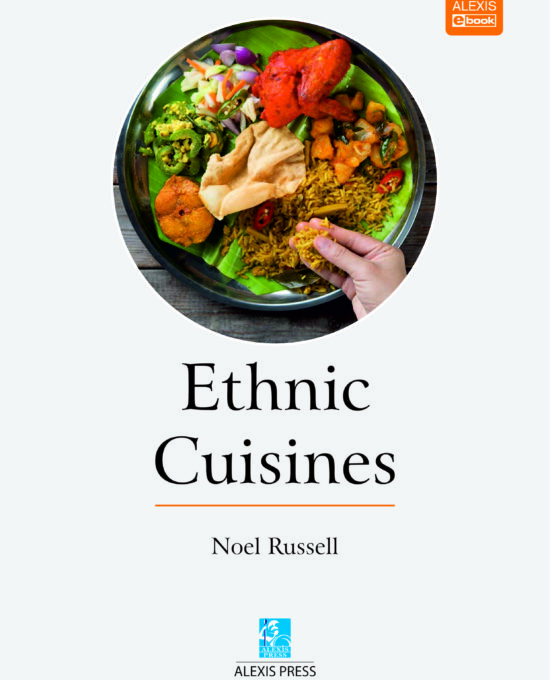
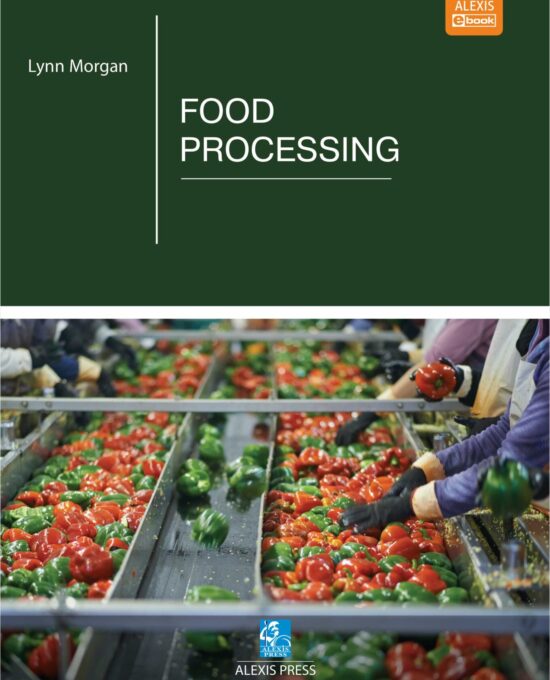
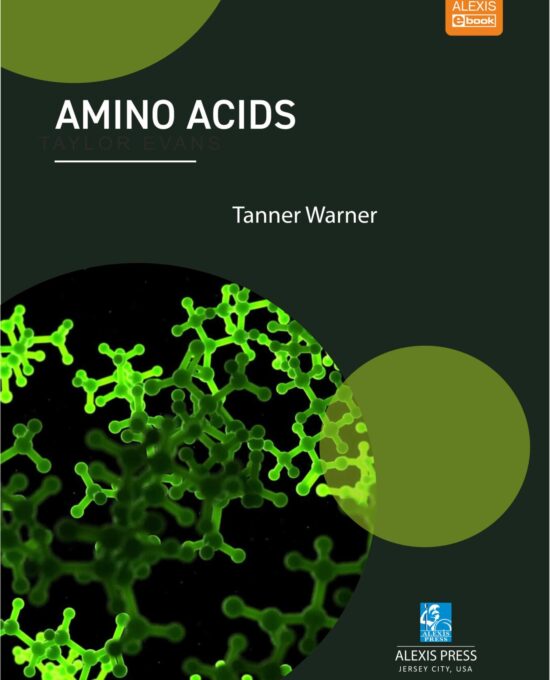



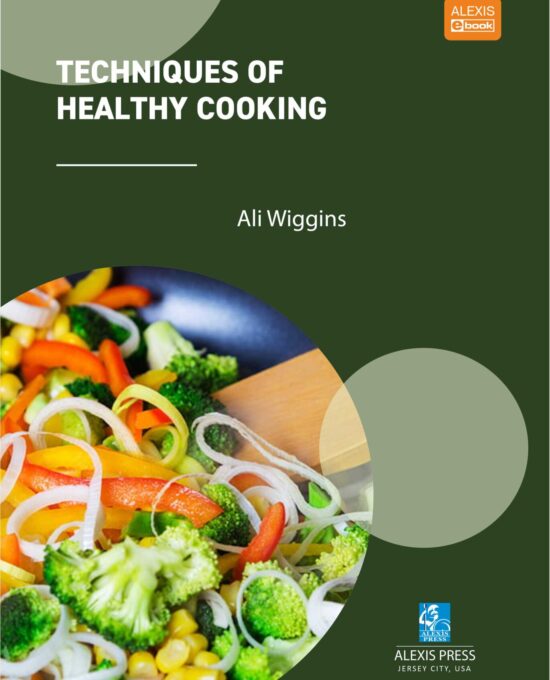
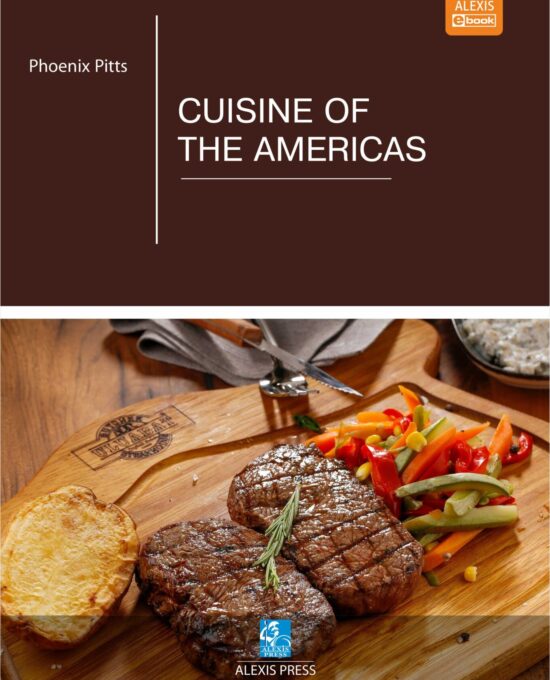
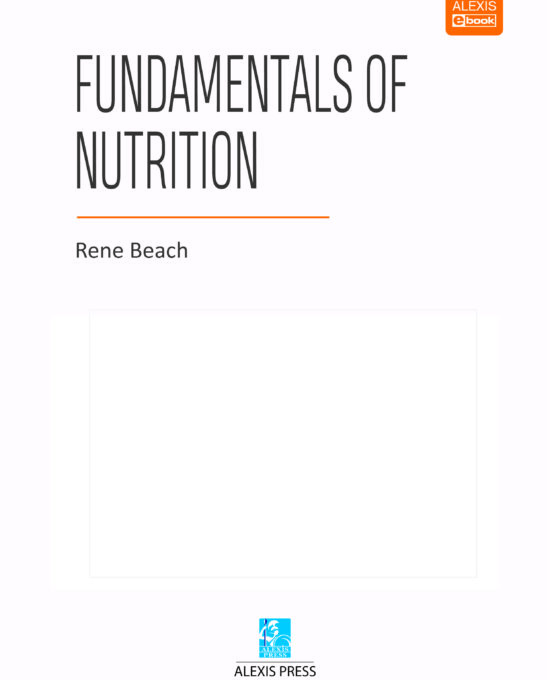
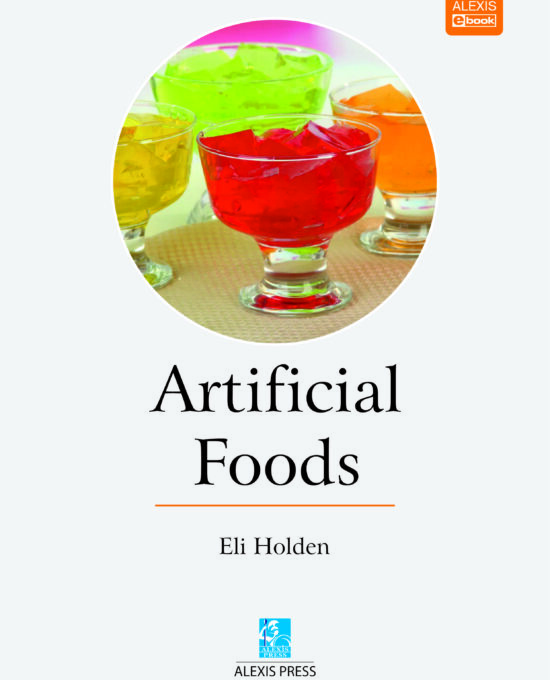
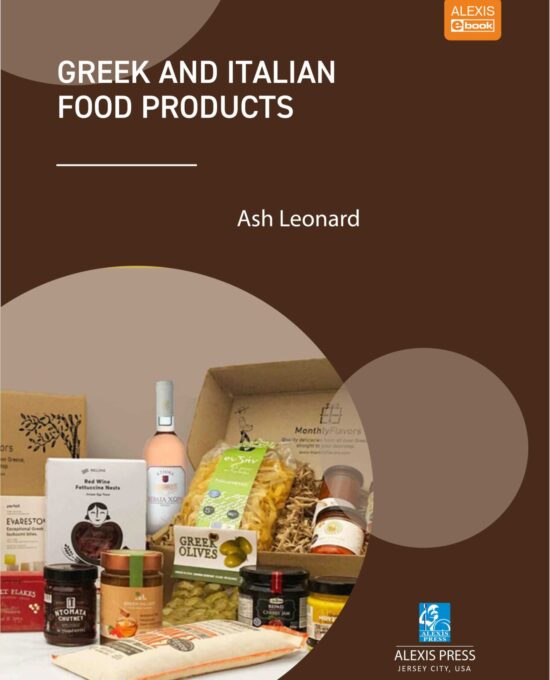
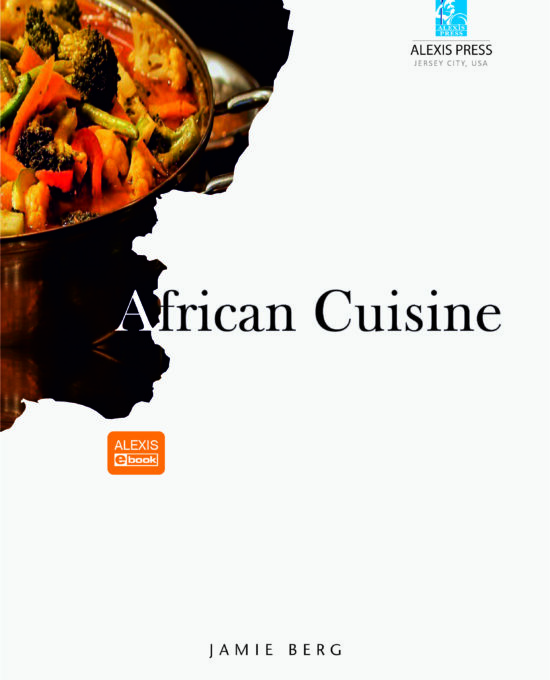
Reviews
There are no reviews yet.